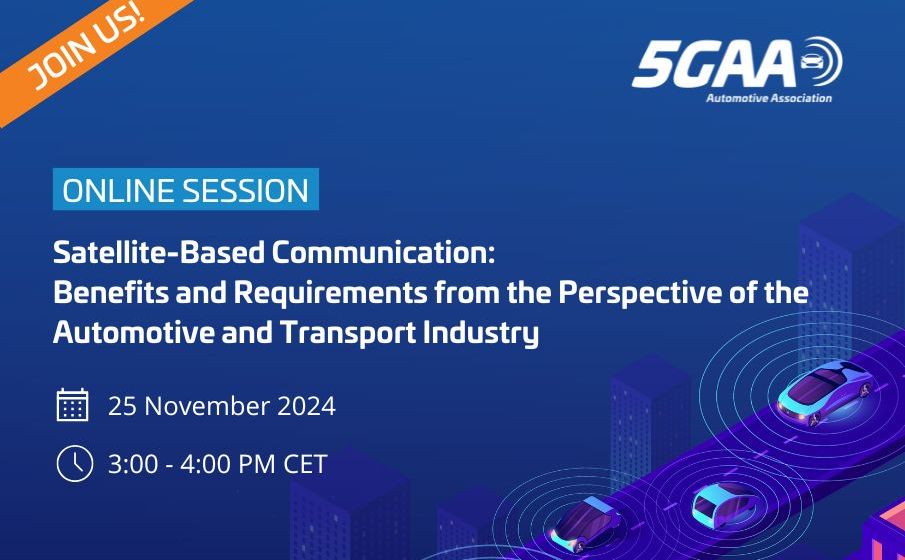
Satellite-Based Communication: Benefits and Requirements from the Perspective of the Automotive and Transport Industry
On Monday 25 November (3-4 PM CET), the 5G Automotive Association is organising an online session on maximising the benefit of future satellite communications for the automotive industry.
The online session will focus on the recently published technical report which outlines a vision for integrating Non-Terrestrial Networks (NTN) as a complementary layer to Terrestrial Networks (TN), enhancing coverage and services for connected vehicles. The online session will also shed light on the report’s comprehensive roadmap for NTN deployment, identifying key phases for narrowband, wideband, and broadband data rate use cases.
Key recommendations around the necessary alignment of global mobile standards, deployment of Low-Earth Orbit (LEO) satellite constellations, and a focus on optimising user terminal parameters and costs will be reiterated and the potential of integrating NTN connectivity for the automotive and telecommunications industries will be discussed.
If you are interested, you can register here.

Automotive Edge Computing Consortium Becomes MoU Partner
On 24 October, the 5G Automotive Association (5GAA) and the Automotive Edge Computing Consortium (AECC) announced a significant partnership to drive innovation in vehicle-to-everything (V2X) technology. By signing a Memorandum of Understanding (MoU), the two organisations aim to harness the power of edge computing to enhance vehicle connectivity.
This collaboration is a crucial step towards realising the full potential of 5G and edge computing in the automotive industry. The partnership will focus on multi-access edge computing (MEC) and network APIs.
By combining their expertise and resources, the 5GAA and AECC will work together to:
- Advance V2X technology: Drive the development of cutting-edge V2X solutions, such as cooperative adaptive cruise control, collision avoidance systems, and traffic management.
- Accelerate deployment: Facilitate the rapid deployment of V2X infrastructure and services, paving the way for a more connected and intelligent transportation ecosystem.
- Improve safety: Enhance road safety by enabling vehicles to communicate with each other and with infrastructure, reducing the risk of accidents.
- Optimise traffic flow: Optimise traffic flow and reduce congestion through real-time data exchange and intelligent traffic management systems.
Johannes Springer, Director General of the 5GAA, and Muriel Desaeger, member of the AECC, expressed their enthusiasm for the partnership. To learn more about it and its potential impact on the future of mobility, watch their interview with TelecomTV here.
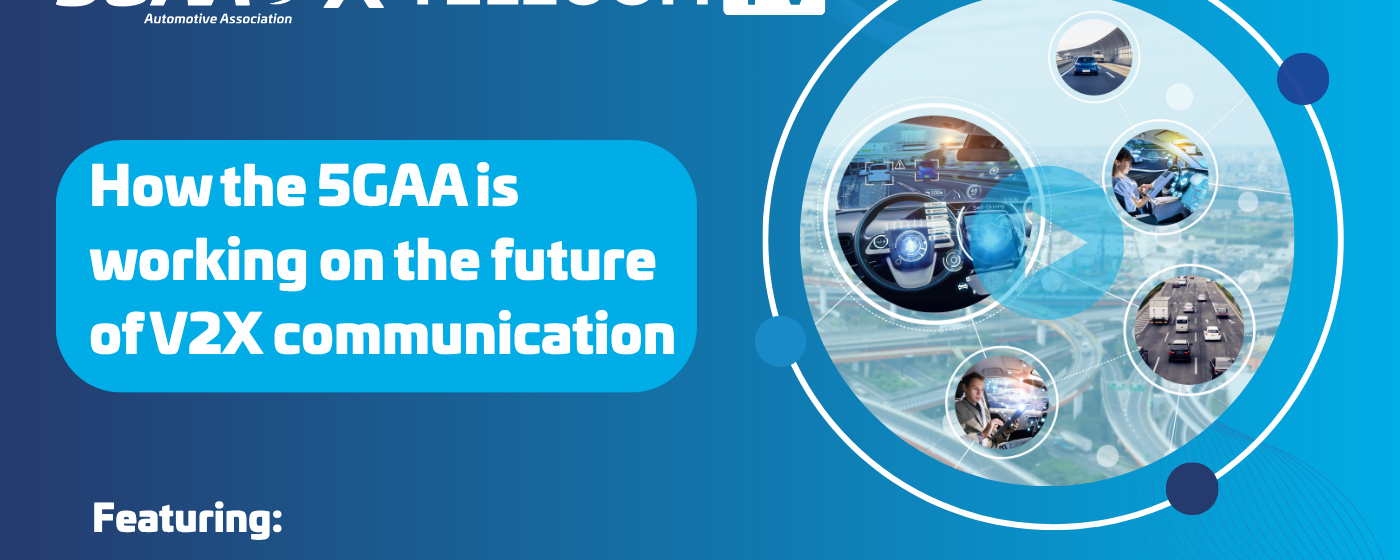
How 5GAA is working on the future of V2X communication
Video interview by TelecomTV.
Our CTO Maxime Flament discusses the organisation’s technical work in advancing 5G standards for the automotive sector. He highlights the current applications of 5G in vehicles, including telematics and safety features, and envisions a future with enhanced automation and reliability. Flament also explains the complementary approaches of network-based vehicle-to-everything (V2X) and the emerging 5G-V2X Direct specifications, and how the 5GAA is facilitating the collaboration between the telecom and automotive industries to integrate and harmonise these solutions to enable safer and smarter transportation.
Recorded in October 2024.
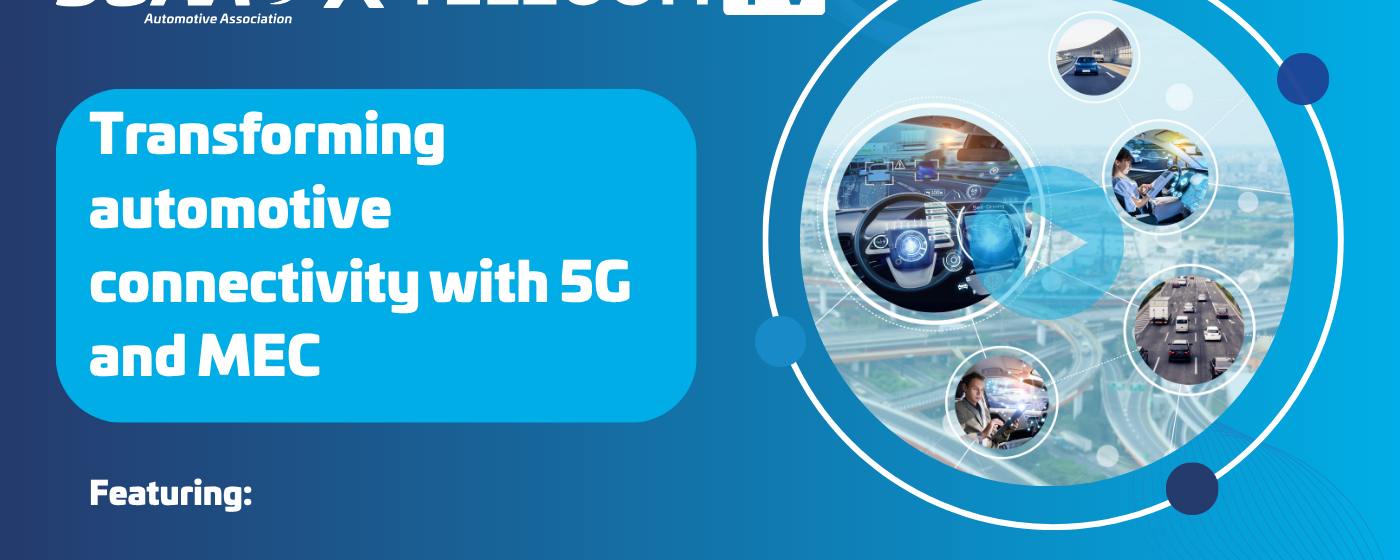
Transforming automotive connectivity with 5G and MEC
Jyoti Sharma, Associate Director – Network Planning, Global Networks & Technology, Verizon
Video interview by TelecomTV.
Jyoti Sharma discusses Verizon’s pivotal role in the connected mobility sector and its involvement with 5GAA. She highlights the potential of 5G for the automotive industry, such as the integration of advanced technologies like multi-access edge computing (MEC) and hyper-precise location services. She also outlines future opportunities for connected and autonomous vehicles, the importance of collaboration across industries, and the role of non-terrestrial networks in enhancing connectivity.
Recorded October 2024.
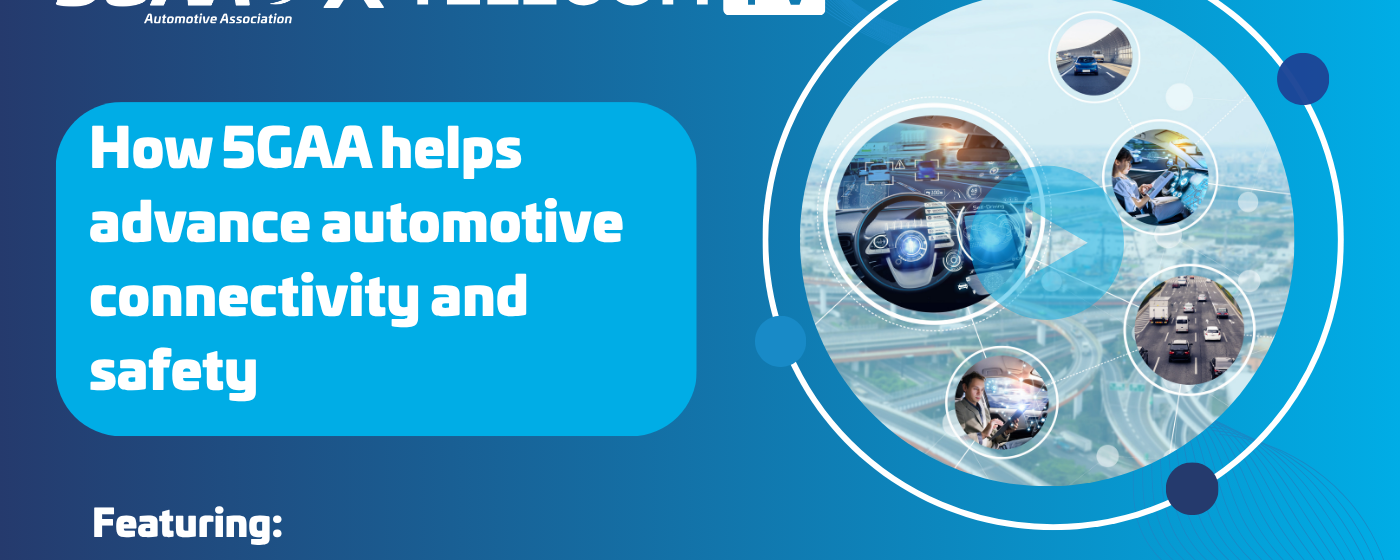
Transforming mobility: How 5GAA helps advance automotive connectivity and safety
Christoph Voigt, Chairman, 5GAA
Video interview by TelecomTV.
At the 2024 5GAA meeting week in Berlin, Christoph Voigt, chairman of 5GAA, discusses the organisation’s role in bridging the automotive and telecoms sectors with 5G technology. He highlights the potential of 5G in enhancing vehicle connectivity and safety through innovations like cellular vehicle-to-everything (C-V2X) technology. He also emphasises the importance of collaboration among industry stakeholders and outlines the ongoing developments and future opportunities for 5G in the automotive sector.
Recorded October 2024.
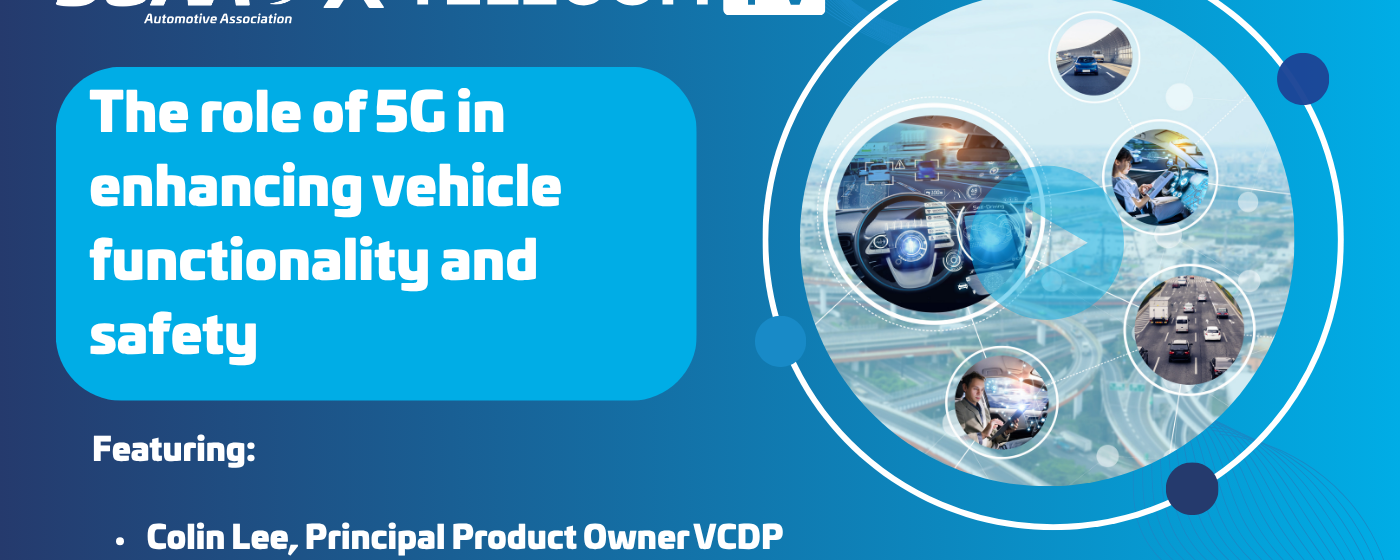
The role of 5G in enhancing vehicle functionality and safety
Colin Lee, Principal Product Owner VCDP Strategy and Technical Specialist V2X, Digital Product Platform, JLR
Video interview by TelecomTV.
Colin Lee from Jaguar Land Rover (JLR) discusses the critical role of 5G technology in the automotive sector, highlighting how connectivity enhances vehicle functionality, safety and customer experience. He explains the evolution from earlier communication technologies to 5G and calls for collaboration among original equipment manufacturers (OEMs), telecoms and government entities to achieve seamless vehicle-to-everything (V2X) communication.
Recorded October 2024.
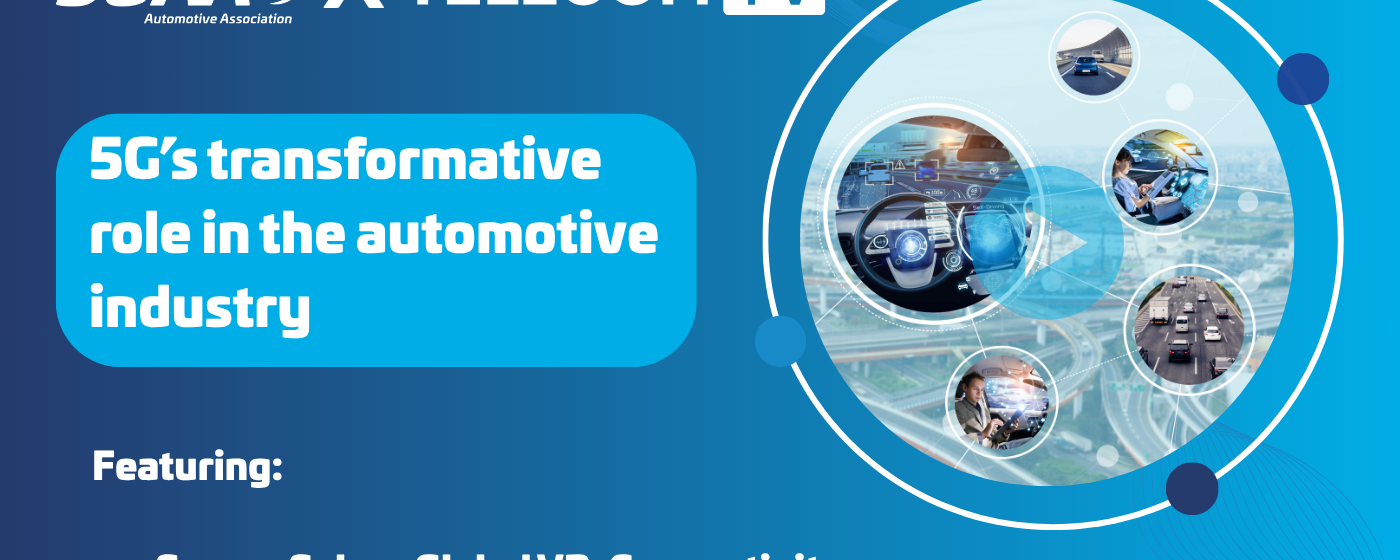
5G’s transformative role in the automotive industry
Suman Sehra, Global VP, Connectivity Portfolio Management, Harman
Video interview by TelecomTV.
Suman Sehra highlights Harman’s role in enhancing connectivity and user experiences in vehicles, including the importance of collaboration within the 5GAA to address challenges in technology, policy, and standardisation. He explains that to ensure a future where 5G enables autonomous driving and seamless connectivity, driven by advancements in network slicing and edge computing, greater collaboration across the automotive and telecom sectors is needed to overcome barriers and scale innovative technologies.
Recorded October 2024.
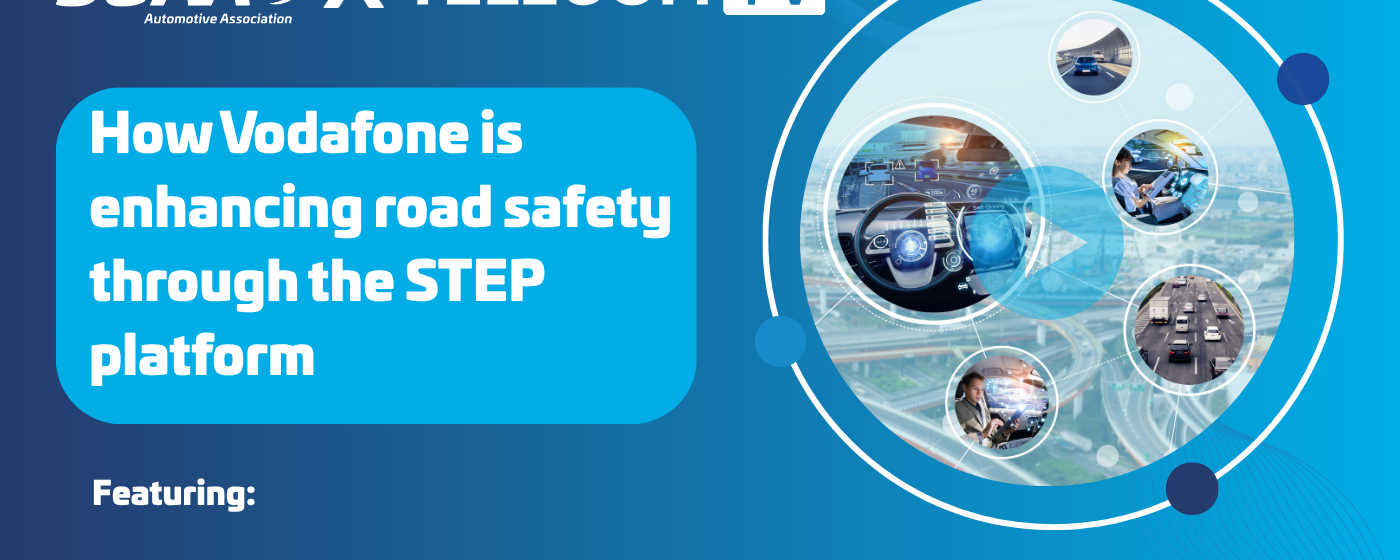
How Vodafone is enhancing road safety through the STEP platform
Graham Rushton, CTO Partner Markets, Vodafone
Video interview by TelecomTV.
As the first mobile operator to join the 5GAA, Graham Rushton discusses Vodafone’s role in the association and its ongoing commitment to the connected mobility sector. He talks about the development of the Safer Transport for Europe (STEP) platform, which enhances road safety through real-time data sharing. Rushton also addresses future opportunities for autonomous vehicles and the challenges of regulation and collaboration among industry players to create a sustainable ecosystem that benefits consumers.
Recorded October 2024.
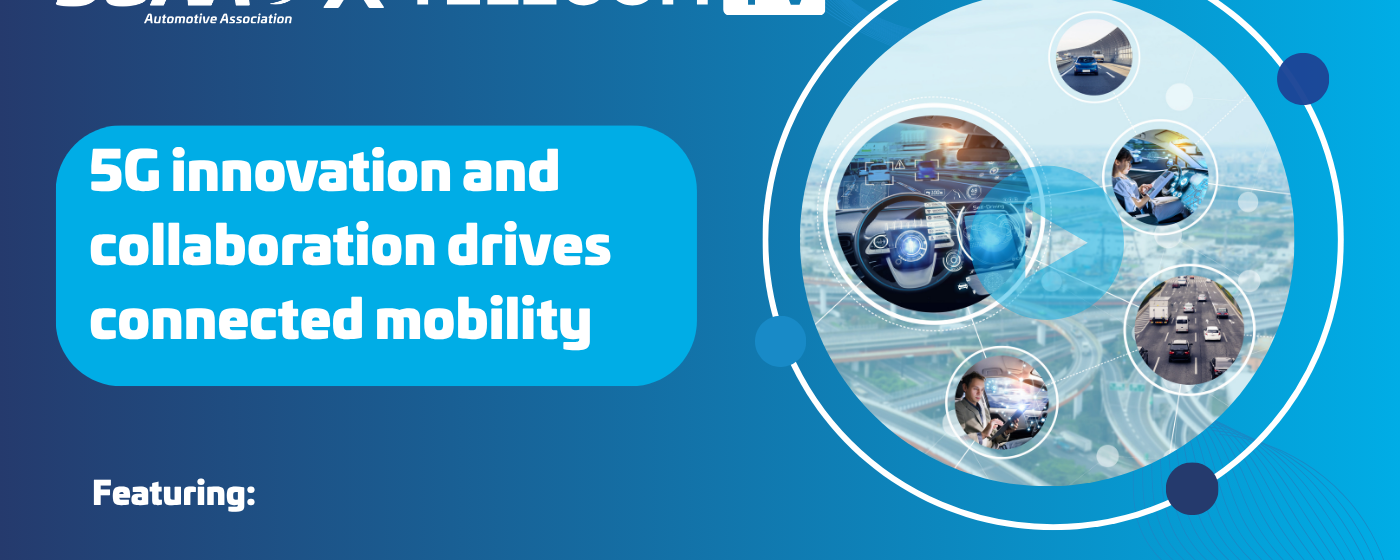
5G innovation and collaboration drives connected mobility
Andreas Schaller, Head V2X Technology Strategy, Bosch Mobility
Video interview by TelecomTV.
Andreas Schaller discusses the role of Bosch Mobility in the connected mobility sector and the importance of 5GAA in aligning industry objectives. He highlights current 5G applications in automotive, such as entertainment and automated parking, and explains what advancements we can expect to see with future 5G releases from 3GPP, including non-terrestrial network support. He also calls for scalable solutions that will work globally to ensure successful implementation, and reiterates the need for continuing collaboration between the telecom and automotive industries if we are to achieve fully autonomous driving.
Recorded October 2024.
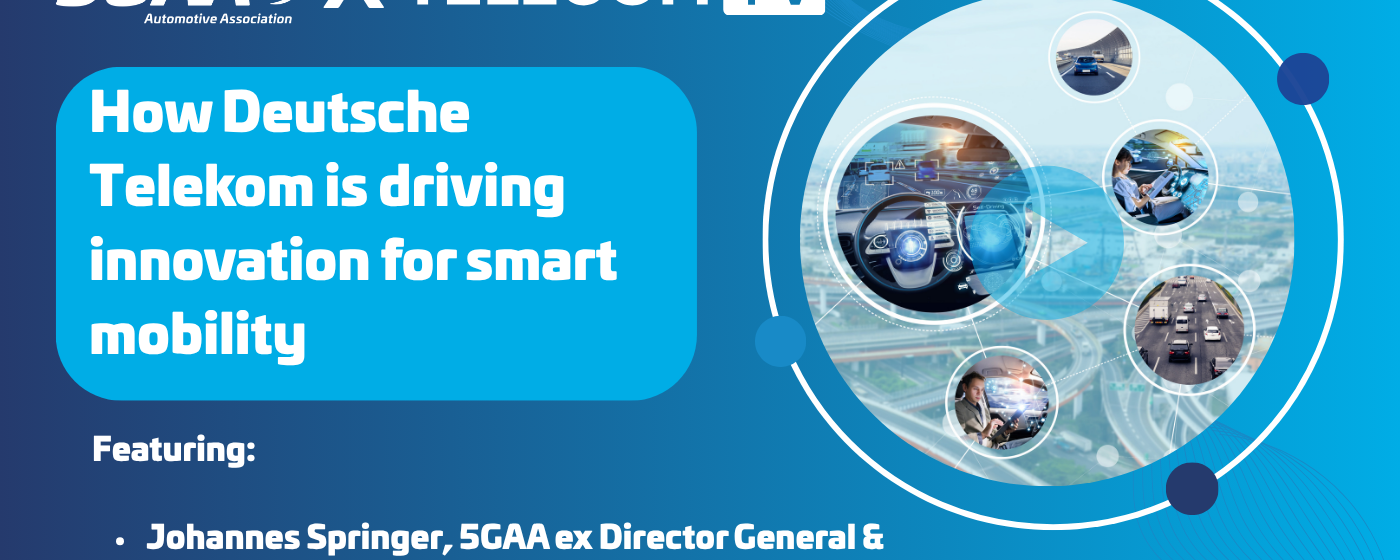
How Deutsche Telekom is driving innovation for smart mobility
Johannes Springer, 5GAA ex Director General & Lead 5G Automotive Program, Deutsche Telekom / T-Systems
Video interview by TelecomTV.
Deutsche Telekom’s Johannes Springer discusses the critical role of 5G in the connected mobility sector, highlighting his company’s involvement in providing both connectivity and operating IT platforms for connected vehicles. He talks about the importance of understanding business customer needs and the advancements 5G brings, such as low latency and network slicing. He also addresses the challenges of achieving global coverage to fully realise the potential of 5G in automotive applications.
Recorded October 2024.


